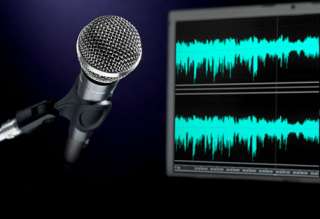Chapter Meeting Activity and Officer Reporting
A Chapter is required to report and file not less than two (2) technical meetings per year. Changes to its roster of officers are to be…
Read moreMalaysia Chapter Receives the 2018 Chapter of the Year Award!
The IEEE Signal Processing Society Malaysia Chapter has been selected as the recipient of the 2018 Chapter of the Year Award!
Read moreInactive Chapters
Please be advised that IEEE gauges the vitality of an OU by tracking how many meetings are reported during the year through vTools. If an OU reports …
Read moreNew MD Kit Portal - Custom Orders Now Available
A new online portal is available for ordering Membership Development (MD) materials. Volunteers now have the ability to customize the quantities…
Read moreUpcoming Distinguished Lectures
Please visit the Conferences and Events page on the IEEE Signal Processing Society website for Upcoming Lectures by Distinguished Lecturers.
Read moreAutomatic Speaker Recognition and Diarization in Co-Channel Speech
This study investigates various aspects of multi-speaker interference and its impact on speaker recognition. Single-channel multi-speaker speech…
Read moreImproving and Unfolding Statistical Models of Nonstationary Signals
Improving the modeling and processing of nonstationary signals remains an important yet challenging problem. In the past, the most effective approach…
Read moreHigh-Fidelity Spatial Signal Processing in Low-Power Mixed-Signal VLSI Arrays
Machine learning and related statistical signal processing are expected to endow sensor networks with adaptive machine intelligence…
Read moreNow’s the Time to Think About What Comes After 5G
5G technology, with its promises of self-driving vehicles and immersive virtual reality, will be a data-hungry generation of wireless communications.
Read moreModel Selection Techniques: An overview
In the era of big data, analysts usually explore various statistical models or machine-learning methods for observed data to facilitate scientific…
Read more










